Willy Chavarria Brings Chicano Pride to Paris
Known for his cultural narratives and inimitable silhouettes, the American designer delivers a global message of inclusivity.

“I grew up in a world far from fashion,” says Willy Chavarria, reflecting on his childhood in rural California’s agricultural heartland. “Yet it’s shaped every creative choice I’ve made.” For Chavarria, Fresno, California, was not just a place of hard work and resilience but the foundation of a design philosophy rooted in storytelling and social justice. His collections—known for impeccable cuts, souped-up silhouettes, and poignant cultural narratives—blur the lines between fashion and activism.
Since launching his eponymous brand in 2015, Chavarria has built a reputation for marrying the sleekness of tailoring with the rawness of workwear, nodding unapologetically to his Chicano heritage. “Fashion isn’t just about clothes,” he asserts. “It’s about driving a way of thinking that’s inclusive, respectful, and dignified.” This ethos has positioned him as one of the most compelling voices in contemporary fashion.Chavarria’s path to design wasn’t conventional. After studying graphic design at the Academy of Art University in San Francisco, he began working at Joe Boxer’s shipping department in the 1990s. “That’s when I realized there was this way to make money by selling clothes,” he recalls. This spark led him to roles at Ralph Lauren and Calvin Klein, where he honed his skills and developed an appreciation for luxury craftsmanship. “I didn’t grow up with luxury,” he says. “But working with fine Italian fabrics and tailored designs at Ralph Lauren introduced me to that world—it was pivotal.” These experiences became the blueprint for his brand: bridging meticulous design with cultural grit to elevate workwear into something aspirational and deeply personal.
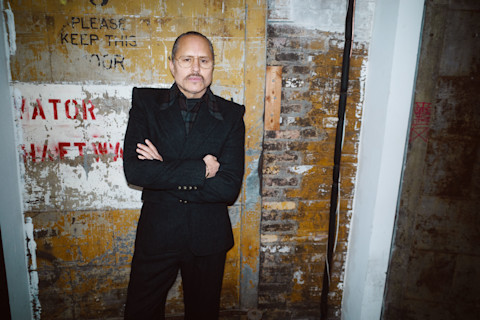
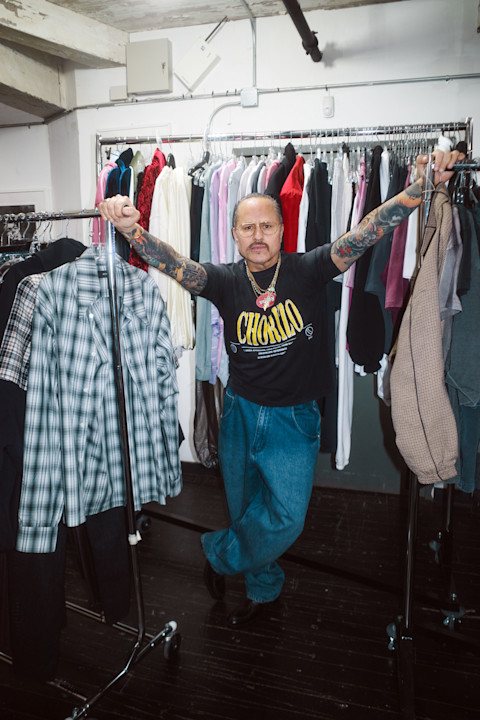
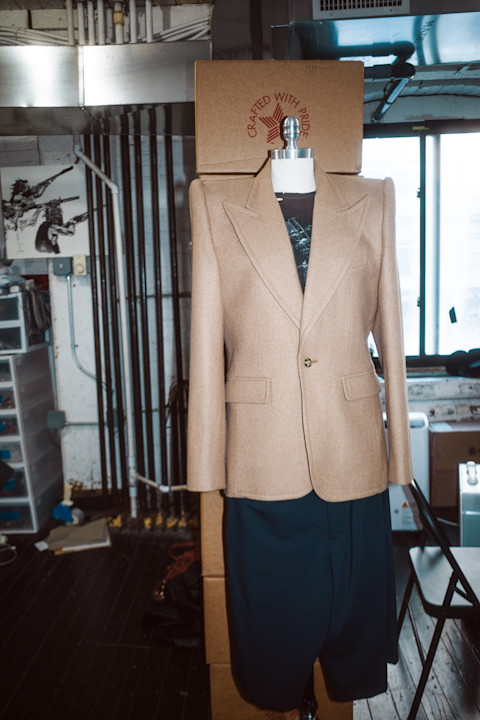
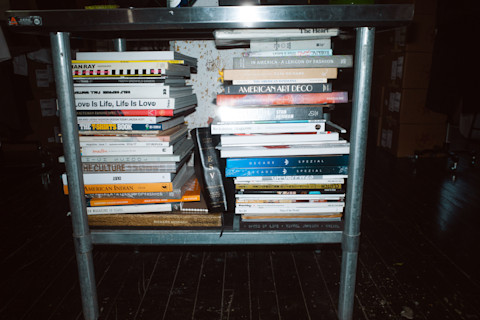
Steeped in his Chicano heritage, Chavarria’s work draws on symbols of cultural pride like the oversized silhouettes of the zoot suit rebellion of the 1940s and the flamboyant style of the Pachucos—a 1930s and 1940s subculture known for extravagant tailoring, pompadours, and tattoos. “The zoot suit was a uniform of Black and brown people at the time, and it became illegal to wear,” he explains. “It evolved into a look that stayed within the Chicano identity as a way to define territory by taking up space.” This history, rich with symbolism, is woven into his work. His pieces can feel like armor for marginalized communities—a way to assert presence and dignity in spaces that have historically excluded them.His Spring/Summer 2025 collection, “América,” presented in New York, celebrated working class identity. Tailored suits in vibrant hues like highlighter yellow and deep magenta stood alongside oversized workwear silhouettes, honoring the labor of everyday people and their resilience. The collection also featured nods to activist organizations such as the American Civil Liberties Union and United Farm Workers, underscoring Chavarria’s commitment to social justice and giving the show an original, purposeful edge. This elevated aesthetic marked a high point in Chavarria’s exploration of underrepresented beauty and strength.
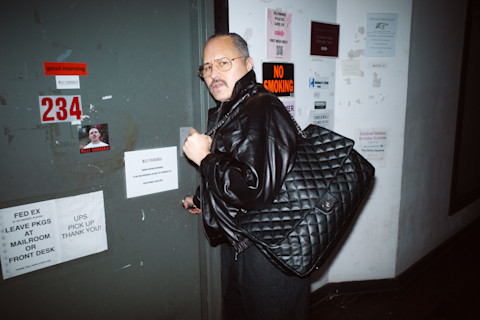
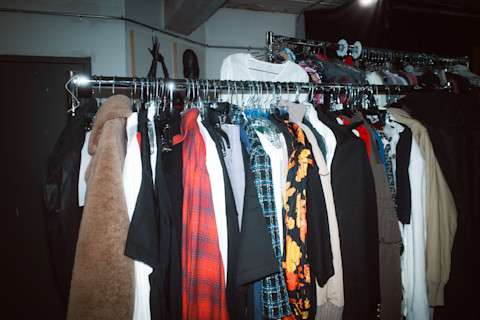
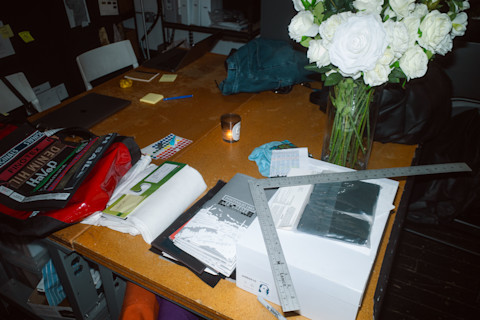
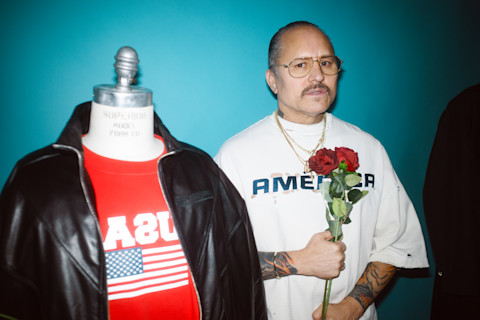
With fans like Kendrick Lamar, Billie Eilish, Anne Hathaway, and Lewis Hamilton, Chavarria’s influence continues to grow. His upcoming Fall/Winter 2025 debut in Paris signals an ambitious new chapter. “While we’re an American brand, it’s time for the message to be a little more global,” he says. “Paris allows us to connect with people from a new territory and deliver a universal message of empowerment and inclusivity.” As for what to expect? “Empowerment and love. And a lot more tailoring.”As his brand expands, so does his team. “A couple of years ago, I was doing everything myself,” he says. “Now, I have a strong design team, and the level of quality we’re delivering has grown with the brand.” This philosophy extends to his approach to gender in fashion. “Most of my clothes are intended to be worn by anyone,” he explains. “Just because something has historically been called a dress for women doesn’t mean it can’t be worn by any gender.”For Chavarria, fashion is more than an industry—it’s a movement. “Amplification,” he says. “Everything we do as creatives needs to be amplified to spread positivity and inspire change. That’s the energy I’m bringing into the new year.” From California’s fields to Paris’s runways, Chavarria remains committed to challenging orthodoxy. His work reminds us that clothing, at its best, isn’t just something we wear—it’s a tool for change.
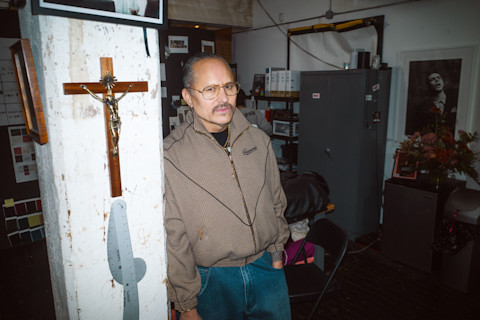
 Lisa Barlow Gets Her Bags At home with the centerpiece of “The Real Housewives of Salt Lake City”, who says she buys her Louis Vuitton “in bulk.” The night twinkled with bright stars and brand names. It was Fendi ’s 2023 Resort show, held beneath the painted tiers of New York City’s Hammerstein Ballroom, and auspiciously so; it was also the 25th anniversary of Fendi’s Baguette, the model of shoulder bag made famous by ’s Carrie Bradshaw decades earlier in what has become a plot point in the history of televised fashion. Storied houses didn’t typically lend their wares to TV shows, until a storied house like Fendi did.
Lisa Barlow Gets Her Bags At home with the centerpiece of “The Real Housewives of Salt Lake City”, who says she buys her Louis Vuitton “in bulk.” The night twinkled with bright stars and brand names. It was Fendi ’s 2023 Resort show, held beneath the painted tiers of New York City’s Hammerstein Ballroom, and auspiciously so; it was also the 25th anniversary of Fendi’s Baguette, the model of shoulder bag made famous by ’s Carrie Bradshaw decades earlier in what has become a plot point in the history of televised fashion. Storied houses didn’t typically lend their wares to TV shows, until a storied house like Fendi did. 
